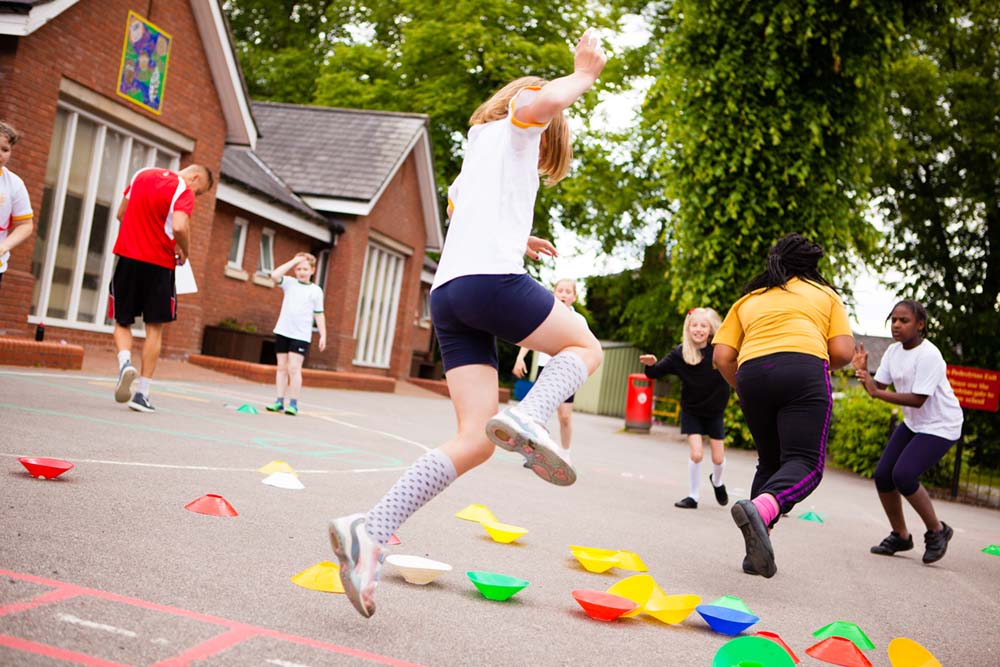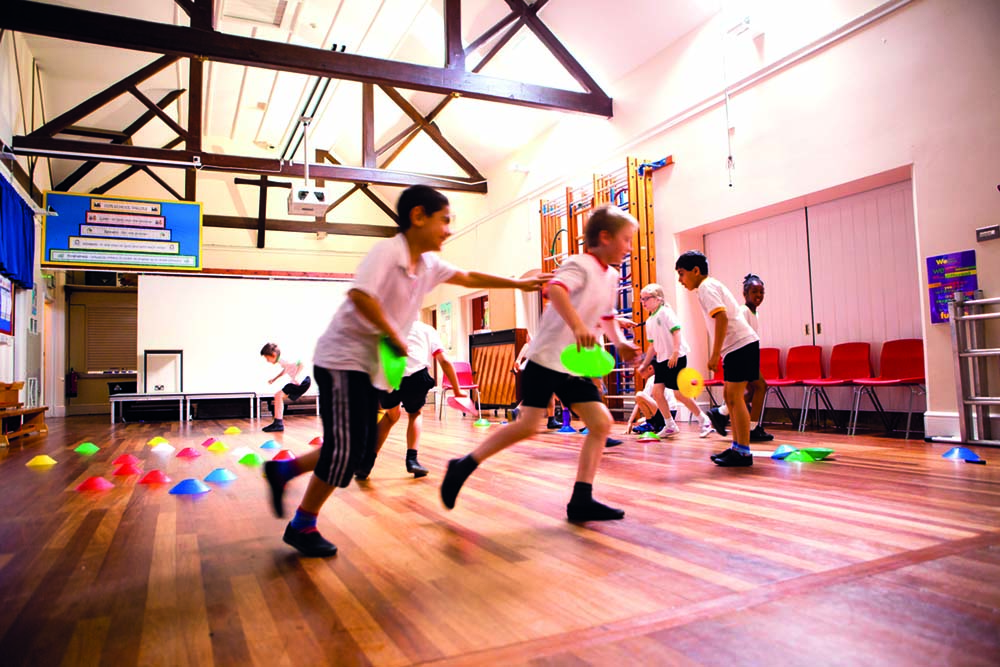
Physically Active Learning is here to change the way you look at the classroom!
You’ve probably heard about it by now, the idea of physically active learning. Gone are the days when pupils would spend an entire hour sat behind their desks.
Okay, we may be being slightly optimistic by suggesting that this no longer happens, but we can always look to change the way kids learn in 2020.
And why do we think that Physically Active Learning is the future? You only have to look at the facts…
Enhanced academic achievement
Did you know that after 2 years of physically active learning, a child could be 4 months ahead in maths and spelling in comparison to seated learning?
There’s no shortage of research that supports the use of long-term physically active learning. A study looking into the effects of physical activity on academic achievement found the impact to be strongest in maths, yet all academic subjects were proven to benefit.
Improved attention
Physical activity has a significant impact on the focus of an individual. You may be thinking, surely getting pupils up and moving during a lesson is the opposite of keeping them on task? In fact, introducing movement into the classroom is a way of doing just that. Research from East Carolina University found that pupils who undertook a single 10-minute “Energizer” physical activity break daily for 12 weeks demonstrated a higher frequency of on-task behaviours. It’s no secret that children tend to be bundles of energy, so it makes sense that if this energy is supressed behavioural problems can occur.
More opportunity to move
Childhood obesity; one of the most serious public health challenges of the 21st century as regarded by the World Health Organisation. Its increased prevalence is alarming; data from the National Child Measurement Programme shows one in five 10 – 11 year olds and one in ten reception aged children are classed as obese, the rates increase to a third and a fifth respectively if those children who are overweight are included.
With children spending so many of their waking hours at school, we need to ask ourselves, what can we do in school time to support children? One way recommended by the UK government’s recent childhood obesity strategy is active lessons. Time to get that classroom moving!

So we’ve told you why physically active learning is a phenomenon with far-reaching values. But how are you actually supposed to implement it? That’s where we can help.
We think Active Minds is the answer. We will provide your school with experienced educators, learning materials, tailor made sessions and regular impact reports (both half-termly and yearly); your pupils gain confidence and increased knowledge in Mental Health, Diabetes Awareness and Nutrition.
How does this work? Click here to find out.
Want to implement Active Minds in your school or have some more questions and want to find out more? Feel free to give us a call on 07527 637 999 (Jimmy) or drop an email to [email protected] and I’ll be happy to answer any questions you may have.
Plus, we’ve got even more info available here



